Neoregelia ‘Hot Tiger’
AED 79.99 + VATNeoregelia ‘Hot Tiger’ was discovered in western Australia. In strong light, lime green leaves splattered red, more solid in outer foliage plus sepia red leaf tips. At blooming, scarlet red central cup.
Showing all 5 results
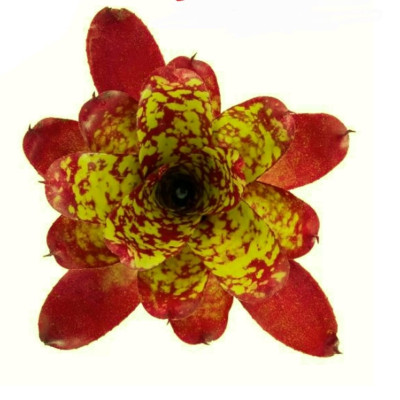
Neoregelia ‘Hot Tiger’ was discovered in western Australia. In strong light, lime green leaves splattered red, more solid in outer foliage plus sepia red leaf tips. At blooming, scarlet red central cup.
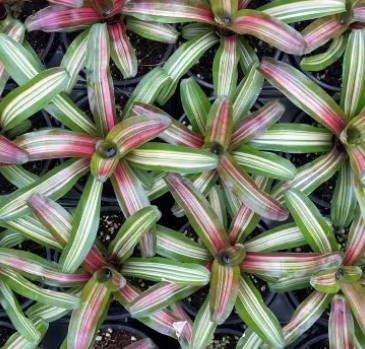
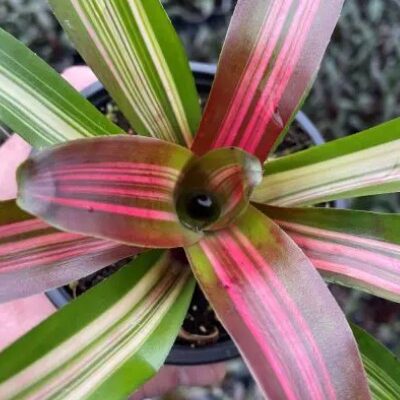
Neoregelia ‘Zoe’ is a prolific small Bromeliad producing offshoot stolons with colorful upright rosette cups. The beautiful, stiff red leaves are variegated with thin green to yellow centre stripes. Neoregelia ‘Zoe’ is a cross of (carolinae lineated x Fireball) x Fireball. This Hybrid was introduced by Chester Skotak. Chester Skotak is a world-renowned Bromeliad expert living and breeding plants in Costa Rica.
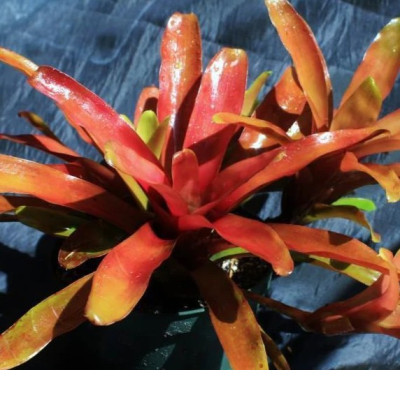
Neoregelia ‘Fireball’ is a captivating bromeliad that has captured the hearts of plant enthusiasts worldwide. Known for its vibrant colours and unique structure, this plant is a favourite for both indoor and outdoor gardens and Terrariums. This document delves into Neoregelia’ Fireball’ characteristics, care, and appeal, offering insights into why this tropical beauty stands out among bromeliads.
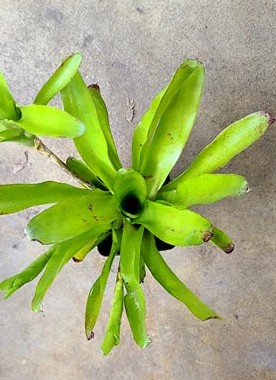

This genus probably has the most colorful species of the entire Bromeliad family. Neoregelias produce many intensely coloured leaves and form a round, medium-sized, decorative rosette. During flowering the colors in the center become even more intense. Neoregelia Greenball, also known as “Fireball Green-Form” and other similar names, is a cultivar that was discovered in the wilds of Brazil and shares all the size and growth characteristics of Fireball.
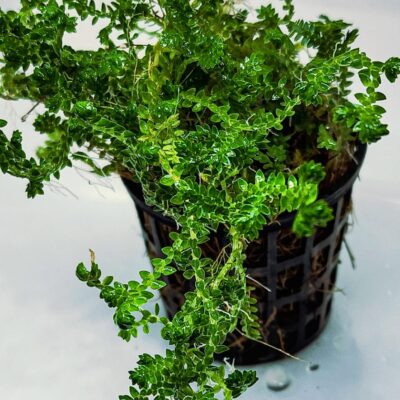
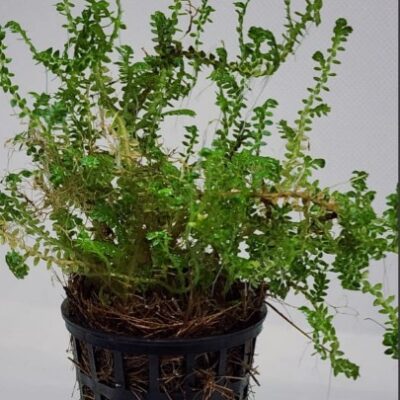
Selaginella kraussiana is a species of vascular plant in the family Selaginellaceae. It is referred to by the common names Krauss’ spikemoss, Krauss’s clubmoss, or African clubmoss, and is found naturally in parts of Sub-Saharan Africa and in Macaronesia. It is sometimes given the misnomer of “peacock fern”, due to its lacy leaf structure, despite having no relation to actual ferns; rather, it belongs to the very ancient lineage of plants known as the clubmosses.